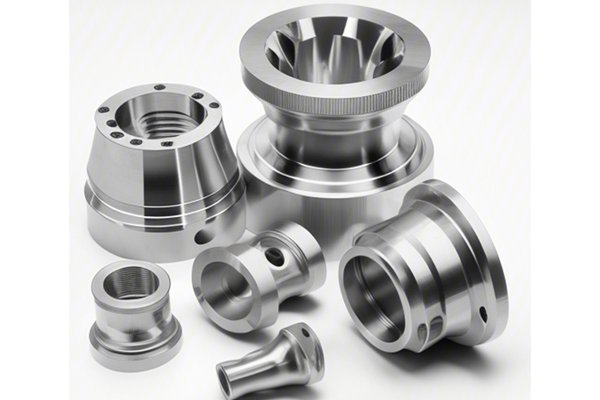Opening: A Precision Game-Changer
Did you know that in the world of manufacturing, the level of precision in CNC machining can make a difference as small as the width of a human hair? That’s right! The precision required in CNC (Computer Numerical Control) machining directly impacts the quality and functionality of the final product. With industries ranging from aerospace to medical devices depending on exceptionally manufactured parts, ensuring utmost accuracy isn’t just important—it’s critical. In this comprehensive blog, we will explore how different precision requirements influence the quality of part manufacturing and offer detailed solutions to achieve these standards.
Exploring CNC Machining Precision: The Core of Quality
CNC machining is a subtractive manufacturing process that cuts away material from a solid block to create precise components. The effectiveness of this process hinges on various precision requirements, which can be broken down into four primary categories:
Defining Dimensional Accuracy
Dimensional accuracy refers to how close the manufactured part is to its intended specification. High dimensional accuracy means that the dimensions of the components are produced within very tight tolerances.
Strategies for Achieving Dimensional Accuracy
Understanding Geometrical Tolerances
Geometrical tolerances determine the allowable variation in the shape and position of a part. They are essential for ensuring that parts fit together in assemblies without interference.
Solutions for Managing Geometrical Tolerances

Importance of Surface Finish
The surface finish of a manufactured part not only impacts aesthetics but also affects the part’s performance in various applications, such as friction and wear.
Methods to Improve Surface Finish
Role of Material Properties
Different materials exhibit varying characteristics when subjected to CNC machining. The choice of material can influence dimensional accuracy, tolerances, and surface finishes.
Choosing the Right Material
Quality Control: The Heart of Precision Machining
Ensuring the quality of manufactured parts is an ongoing process. By integrating effective quality control protocols, manufacturers can assure that precision requirements are consistently met.
: The Imperative of Precision in CNC Machining
In summary, the precision requirements in CNC machining are pivotal in determining the quality of manufactured parts. Understanding how dimensional accuracy, geometrical tolerances, surface finish, and material characteristics can affect quality enables manufacturers to implement targeted strategies to improve outcomes.
This blog underscores the critical role of precision in CNC machining—not only for ensuring high-quality production but also for maintaining competitive advantage in industries that demand the best. As you embark on your CNC machining endeavors, remember that precision isn’t just a process; it’s the foundation upon which successful manufacturing rests. Regular evaluations, investment in technology, and adherence to best practices will give you the edge you need in producing high-quality components that meet and exceed industry standards.






